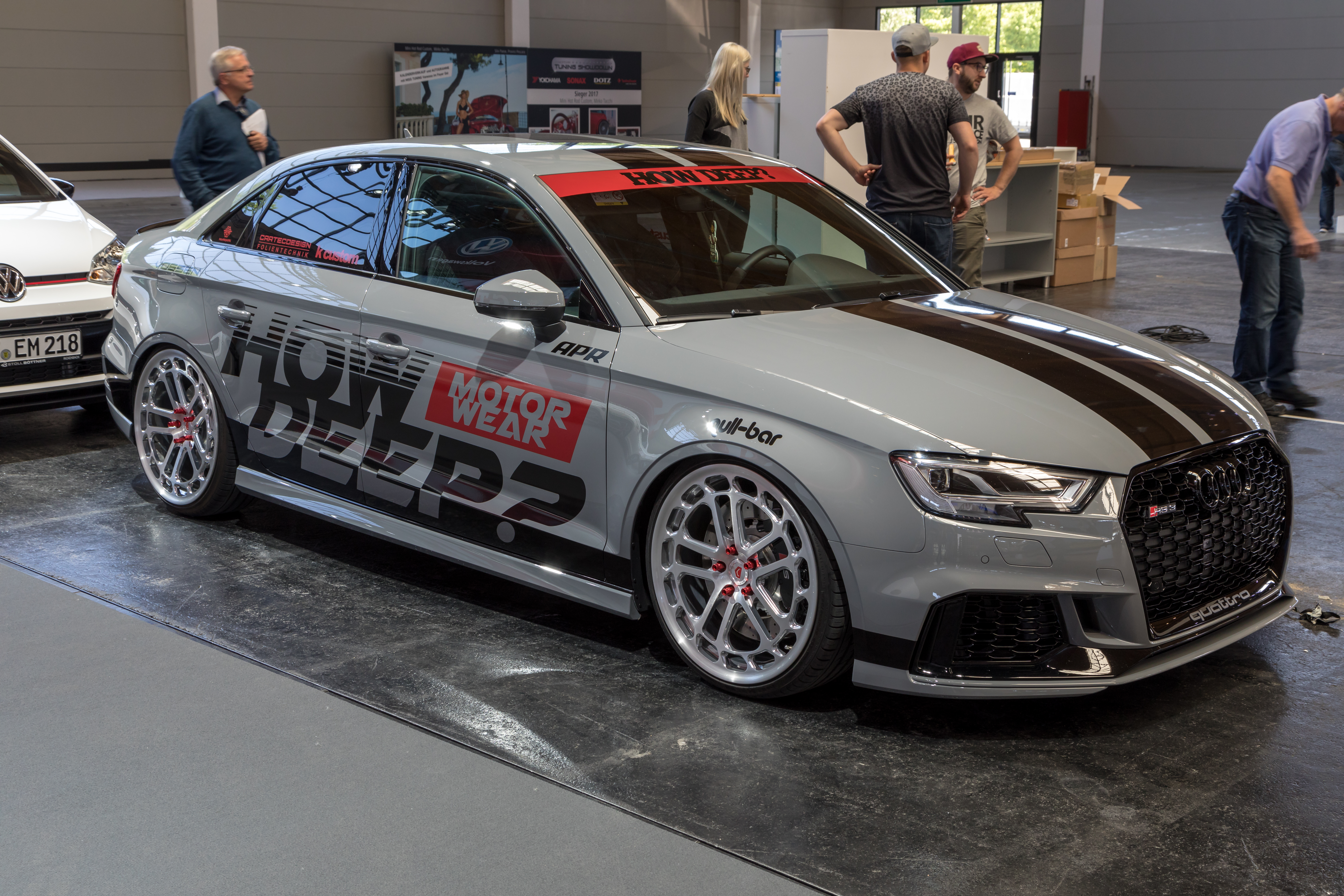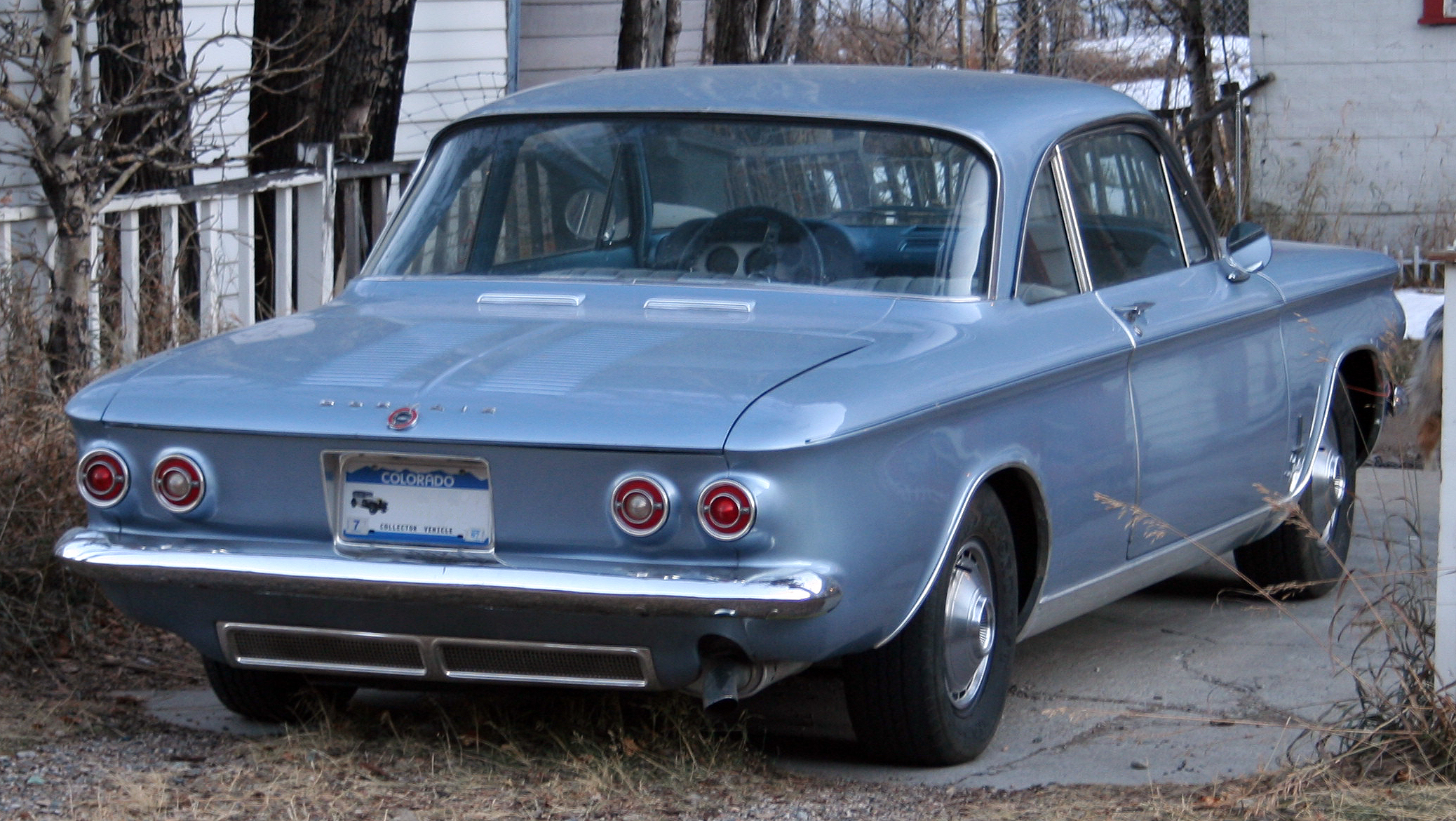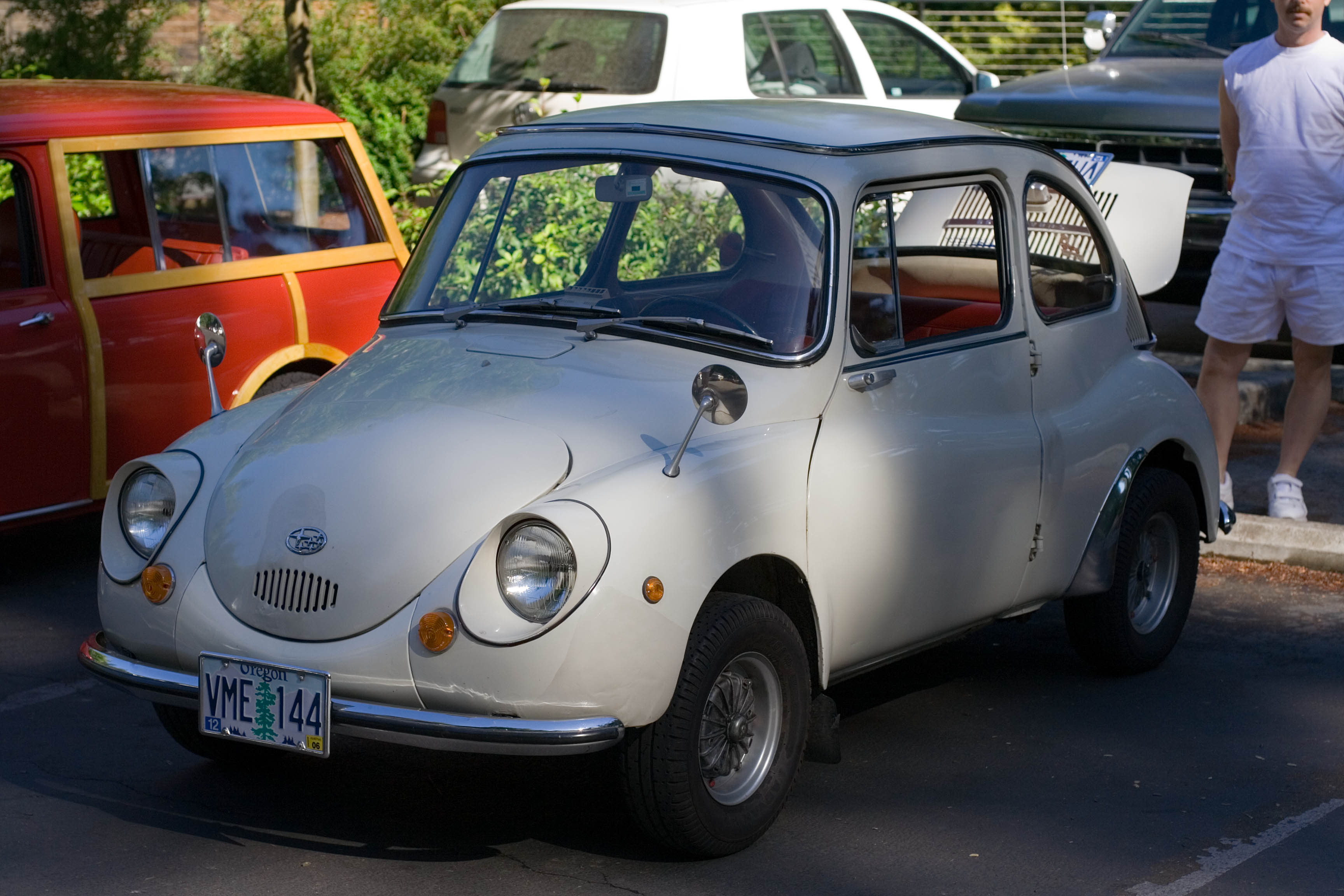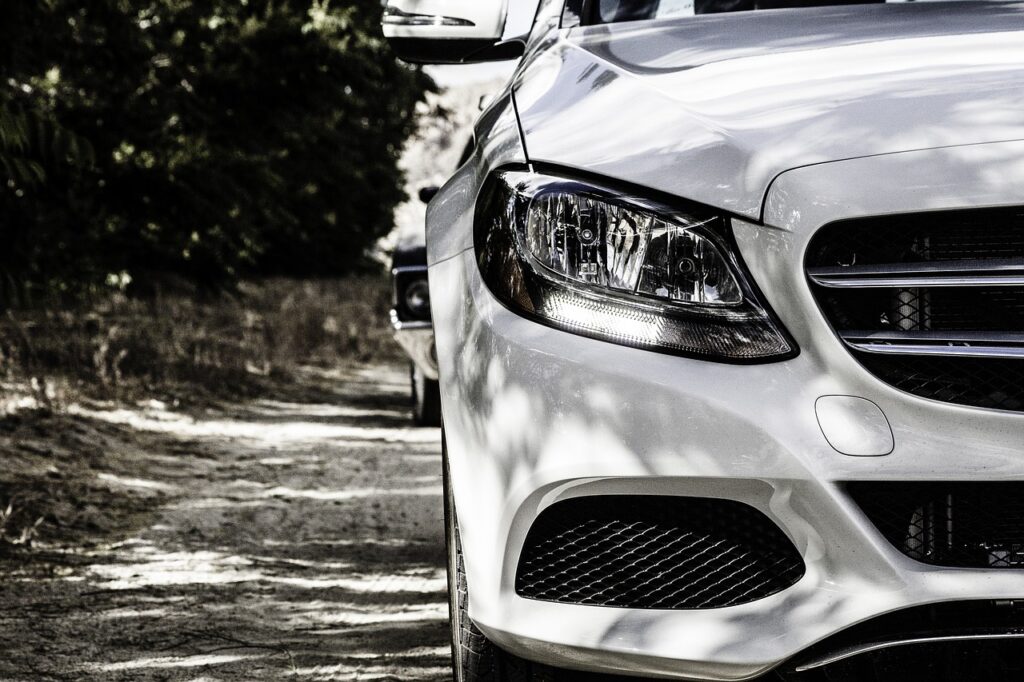
At their core, automobiles are crafted to impress and satisfy consumer demands, yet some vehicles inexplicably miss the mark and become infamous for their failures. In the vast landscape of automobiles, we often hear tales of best-selling models adorned with accolades, but what about the forgotten flops that were met with disdain? Join us as we explore the fascinating realm of vehicle misfires, where we unveil the cars nobody wanted to buy.

1. **Triumph Mayflower (1949–53)**: This ambitious car aimed to claim the luxury small car market in the U.S., yet its heavy frame and underwhelming engine left it struggling. Critics were relentless, with James May labeling it as “the ugliest car ever built,” a sentiment echoed by many. The Triumph Mayflower’s awkward proportions and disappointing performance ensured it became little more than a curious footnote in automotive history.

2. **Nash/Austin Metropolitan (1954–62)**: Initially designed to cater to affluent urban dwellers, the Nash Metropolitan fell short of its lofty goals. Marketed as a ‘big car in miniature,’ it unfortunately delivered poor performance, leading to its classification as “one of the nastiest cars ever built.” Once aimed particularly at women, this car has transitioned into a mere curiosity among collectors rather than being considered a coveted classic.

3. **Renault Dauphine (1956–67)**: Initially a hit in Europe, the Renault Dauphine bombed in the U.S. market. With a painful 32 seconds to reach 60 mph, it was dismissed as a joke. The poor corrosion resistance and lack of robust performance led to its inclusion on lists of the worst cars. Renault even had to apologize in ads for the Dauphine’s shortcomings, highlighting just how bad its reception was.

4. **Trabant (1957–90)**: The Trabant emerged as a notable symbol of the economic hardships faced in East Germany, characterized by its outdated two-stroke engine and disappointing fuel efficiency. While it faced mockery, its quirky appeal began to shine through after the fall of the Berlin Wall, eventually accruing a cult following and proving that even a notorious flop can be reborn as a nostalgic icon in a reunified Germany.

5. **Edsel (1958)**: Launched with great fanfare, the Edsel’s failure is perhaps the most famous flop in automotive history. Despite its innovative features, it was poorly marketed and perceived as a lackluster version of existing models. The iconic ‘horsecollar’ grille was mocked relentlessly, and the Edsel name became synonymous with failure in American culture. It lost Ford an estimated $350 million and left many dealers bankrupt.

6. **Chevrolet Corvair (1960–64)**: Initially praised, the Corvair became infamous for its handling issues, leading to numerous lawsuits and a critical investigation by consumer advocate Ralph Nader. Despite the negative press, it had a dedicated following, but the shadow of its safety record loomed large over its reputation, making it a complicated chapter in Chevrolet’s history.

7. **Hillman Imp (1963–76)**: Designed to compete with the wildly popular Mini, the Hillman Imp was initially celebrated but quickly fell victim to production quality issues. With a rear-engine layout that didn’t work well and a host of mechanical problems, it was such a failure that it contributed to the financial demise of its parent company. Although it had some innovative features, it simply didn’t perform well enough to stand out.

8. **Subaru 360 (1968–70)**: Hailed as ‘cheap and ugly’, the Subaru 360 was marketed as a budget car in a time when safety standards were still evolving. It failed spectacularly in the American market, lagging in crash tests and practicality, leading to its quick withdrawal. Despite its abysmal failure, it remains a fascinating piece of automotive history, showing how market forces can shape a car’s destiny.

9. **VAZ-2101/Lada Riva/Zhiguli (1970–2013)**: The VAZ-2101, commonly known as the Lada, is a rugged iteration of the Fiat 124 that found its niche in Russia. Despite its popularity in the Soviet Union, it faced severe criticism in Western markets for its outdated aesthetics and poor build. Jeremy Clarkson famously deemed it ‘simply the worst car in the world,’ solidifying its status as a cultural representation of the decline of the Russian automobile industry. However, its nostalgic value in Russia stands testament to how even flops can become woven into a nation’s identity.

10. **AMC Gremlin (1970–78)**: The AMC Gremlin was the epitome of quirky design choices in the automotive world. It emerged from the need to compete in the subcompact market but fell victim to odd styling and outdated technology. Hailed as one of Time magazine’s 50 worst cars of all time, its design was akin to a car that had undergone a rough cut with a cleaver. Critics panned its handling and overall driving experience, making it one of the most derided vehicles of its time. Despite this, the Gremlin has found a niche among collectors who appreciate its unique place in automotive history.

11. **Plymouth Prowler (1997–2002)**: The Plymouth Prowler sought to revive the hot rod spirit of the 1930s with its striking design, but it fell short on power and practicality. Despite its eye-catching aesthetics, the V6 engine left buyers craving a more thrilling experience. Although the Prowler attracted a select group of admirers due to its unconventional look, it ultimately became a representation of a creative gamble that didn’t resonate as intended, yet it continues to allure those who appreciate its bold design.

12. **Ford Pinto (1971–80)**: The Ford Pinto is infamous not just for its failure in the market but for the safety controversies that surrounded it. Designed as an affordable compact car, it was marred by reports of fires in rear-end collisions, leading to public outcry. While it initially sold well due to its low price point, its safety reputation overshadowed its commercial success. The Pinto serves as a warning in automotive history, illustrating the critical importance of safety in design and consumer trust.

13. **Chrysler Cordoba (1975–83)**: The Chrysler Cordoba was marketed as a luxury coupe but struggled with its identity. Despite being adorned with premium features and a flashy marketing campaign, it never quite resonated with buyers. Its name became a punchline in pop culture, highlighting its failure to connect with consumers. Though it has gained a certain degree of nostalgia over the years, the Cordoba’s place in history is largely marked by its lack of successful sales and design coherence.

14. **Chevrolet Citation (1980–85)**: The Chevrolet Citation was envisioned as a revolutionary compact car poised to establish GM’s market dominance but stumbled due to numerous quality control issues and recalls. Although it earned the prestigious 1980 Motor Trend Car of the Year award, its reputation was severely tarnished by reliability concerns. The Citation stands as a cautionary tale, highlighting the importance of delivering on ambitious promises and the repercussions of neglecting quality during production.

15. **Honda Crosstour (2010–15)**: The Honda Crosstour attempted to meld the best qualities of a sedan and an SUV but ultimately failed to captivate consumers. Many found its design less than appealing, leading to its inability to reach the crossover-loving audience. Even with Honda’s strong reputation for reliability, the Crosstour was discontinued in 2015 due to disappointing sales, illustrating how even established brands can falter in adapting to shifting market trends.

16. **Nissan Cube (2009–14)**: The Nissan Cube sought to introduce quirky design to the compact car category, but failed to attract the intended audience in the U.S. Its unique, boxy shape divided opinions, leading to a lack of mainstream appreciation. While some embraced its eccentric charm, many dismissed it as impractical and unattractive, underscoring how design innovation can miss its target in a competitive market.

These infamous automotive flops, spanning several decades, not only highlight the pitfalls of car design and marketing but also reflect the shifting tides of consumer preferences. Each failed vehicle carries a unique legacy—some serve as cautionary tales, while others evoke nostalgia as quirky pieces of history. As we look back on these automotive misfires, we’re reminded that the road to success is often dotted with missteps, and even the biggest flops can find moments of glory, serving as valuable lessons for the next generation of automotive enthusiasts. The automotive industry is a journey of learning from failures just as much as it is about celebrating successes, and these vehicles remain enduring reminders of that ongoing adventure.
Related posts:
List of automobiles known for negative reception
Biggest Automotive Flops
28 Cars That No One Wanted To Buy




